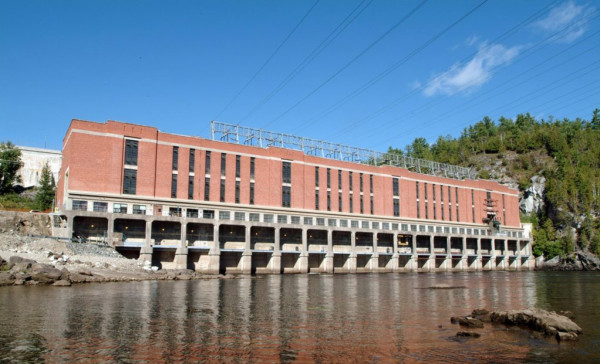
The municipality of Low was founded in 1848 by a group of Irish emigrants.
Its name recalls the memory of Charles Adamson Low, an important lumber merchant and rights holder in the Gatineau Valley at the time. His surname also identified the post office from 1854.
As for the parish, identified as Saint-Martin-de-Tours, it was created as a mission in 1858 and was the subject of a canonical erection in 1892. Its name was given to it in honor of Martin O'Mally, donor of the land on which the church was built in 1892.
Low represents one of the rare cases where the township from which it takes its name was subsequently proclaimed.
The township dates back to 1859 when the township municipality was officially established on January 1, 1857, a decision which came into force on January 1, 1858.
The proclamation of cantons constitutes a purely official gesture, almost always subsequent, and often several years, to their designation.
Like most municipalities in the Gatineau Valley, Low was born from logging and the development of agriculture which accompanied the arrival of the first loggers.
The railway, construction of which began in 1887, arrived in Low in 1892.
The municipality is also home to the largest electricity production facility in the Outaouais, the Paugan power station, with a capacity of 206 MW and a drop of 40 meters. It was built in 1928 and restored in 1956.
One of the notable events in the history of Low was undoubtedly the revolt of its citizens in 1895. They refused to pay their taxes to the tax collectors sent by the government.
On November 13, the government sent an escort of police officers from Quebec City and constables from Hull to accompany the bailiff and the county treasurer. Nothing works. The tax collector is rejected and threatened.
The militia was called in to prevent unrest and a detachment of 82 men from the Ottawa Field Battery and a section of the Princess Louise Dragon Guards landed at Low Station on November 17, 1895.
After having “pacified” the areas of Low, Martindale and Brennan's Hill, the militia left the township on November 20.
The taxes were finally paid quickly and one of the leaders of the protest movement, Edward McSheffrey, was elected mayor of the first municipal council.
Sources
Maniwaki and the Gatineau Valley, Anastase Roy, 1933
A river that comes from the north, Louis-André Hubert, 2001
Quebec Toponymy Commission, http://www.toponymie.gouv.qc.ca
Photo: Hydro-Québec

The Paugan power station, located in the municipality of Low, is the largest electricity production facility in the Outaouais region with a capacity of 206 MW and a head of 40 meters. It was built in 1928 and restored in 1956.
Photo: reseaupatrimoine.ca

Siskin Park recalls the forest heritage of the municipality, more particularly the Drava era. It is also the southern starting point of the Véloroute des Draveurs.